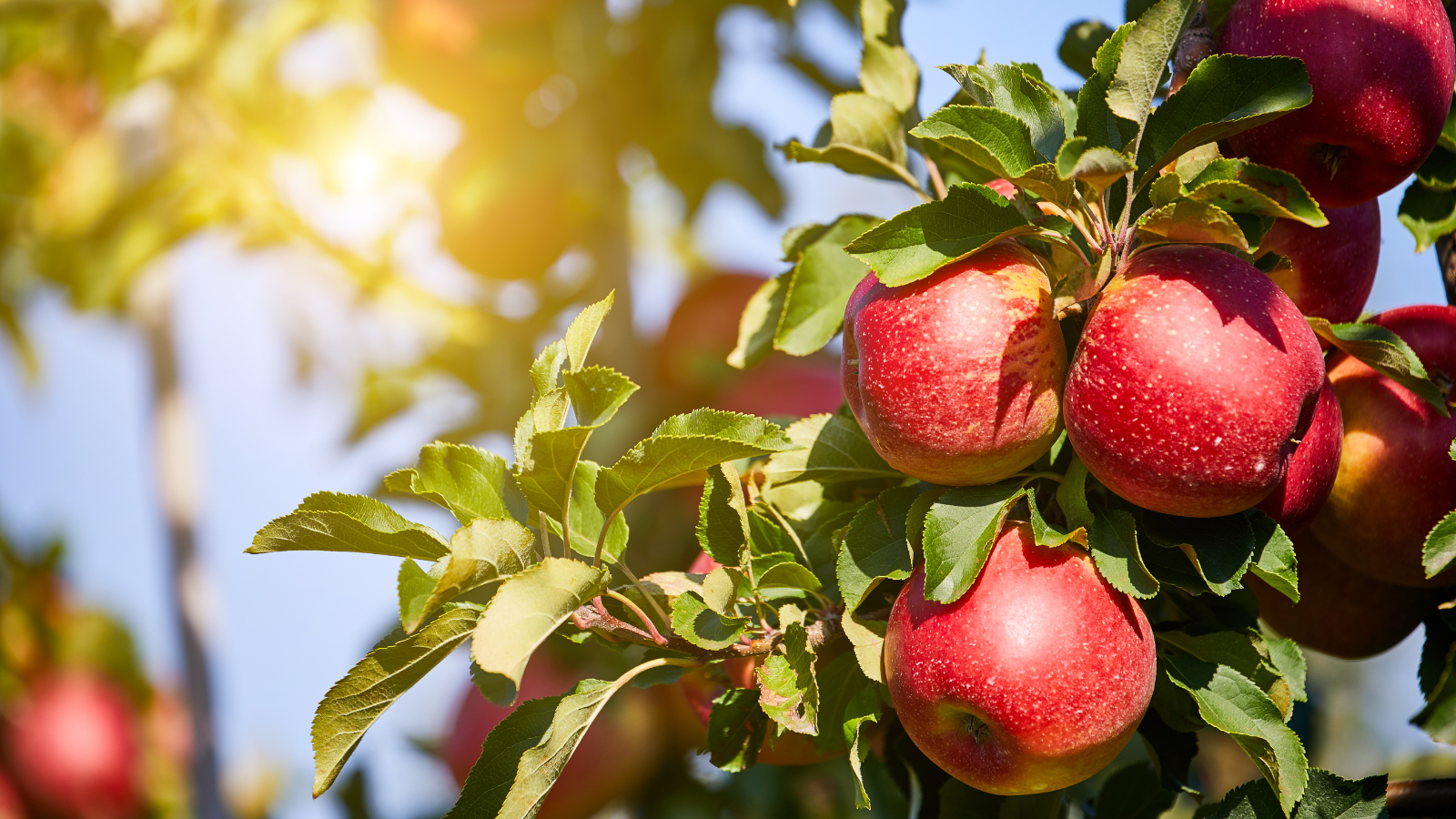.png)
What Is a Mast Year and Why Are There So Many Apples This Autumn?
Since it’s National Apple Day today, I wanted to share something I recently learned that’s fascinated me! You may have heard of it before, or it might be completely new to you, but ever since discovering it, I’ve been picking up on its effects everywhere around me.
If you’ve noticed a carpet of acorns underfoot this autumn, you’re not imagining it! 2025 looks set to be a mast year for the UK’s trees. Across the country, people are spotting bumper crops of acorns, beech nuts, and other tree fruits. But what exactly is a ‘mast year’, and why do trees produce them?
What Is a Mast Year?
Every few years, certain trees and shrubs, including oaks and beeches, produce extra-large crops of seeds, nuts, or fruit. Collectively, these are known as “mast,” which is where the term mast year comes from.
In some years, these trees barely produce any fruit at all. In others, they deliver a spectacular bounty, enough to cover the ground in a thick layer of acorns or beech nuts. The reasons behind this fascinating natural rhythm reveal just how clever trees can be when it comes to reproduction and survival.
Did you know an oak can drop hundreds of acorns in a single square metre? That’s a lot of potential new life waiting to take root.
Why Do Trees Have Mast Years?
One of the leading theories behind this behaviour is known as “predator satiation.” Animals such as squirrels, jays, mice, and badgers depend on acorns and beech nuts for food. When trees produce small crops for several consecutive years, these animal populations naturally stay in check. But during a mast year, the trees produce more than the animals can possibly eat.
This abundance ensures that even after wildlife has had its fill, plenty of seeds are left over to germinate and grow into new trees. It’s an ingenious survival strategy, a way for trees to secure the next generation while still feeding the ecosystem around them.
Producing such a large crop is demanding work and it temporarily slows a tree’s growth, which is why mast years tend to occur only every five to ten years. But the long-term evolutionary payoff is worth it.
How Do Trees “Coordinate” a Mast Year?
One of nature’s great mysteries is how trees across vast distances seem to synchronise their mast years. Oaks across the UK, for instance, tend to produce heavy acorn crops at the same time, almost as if they’re communicating.
Scientists don’t yet know exactly how this happens, but think that weather and climate play key roles. To produce a strong crop, trees need the right combination of temperature and rainfall during spring.
Tracking mast years isn’t just interesting for nature lovers, it’s also crucial for understanding climate change and its impact on wildlife and vegetation.
So, whether you’re crunching through piles of acorns on your morning walk or enjoying an unusually abundant harvest of apples this autumn, there’s a fascinating natural story unfolding all around you. Mast years are a remarkable example of how trees balance survival, reproduction, and the needs of the wildlife that depend on them. Next time you spot a forest floor blanketed in nuts or fruits, take a moment to appreciate the incredible timing and teamwork happening silently above your head!
